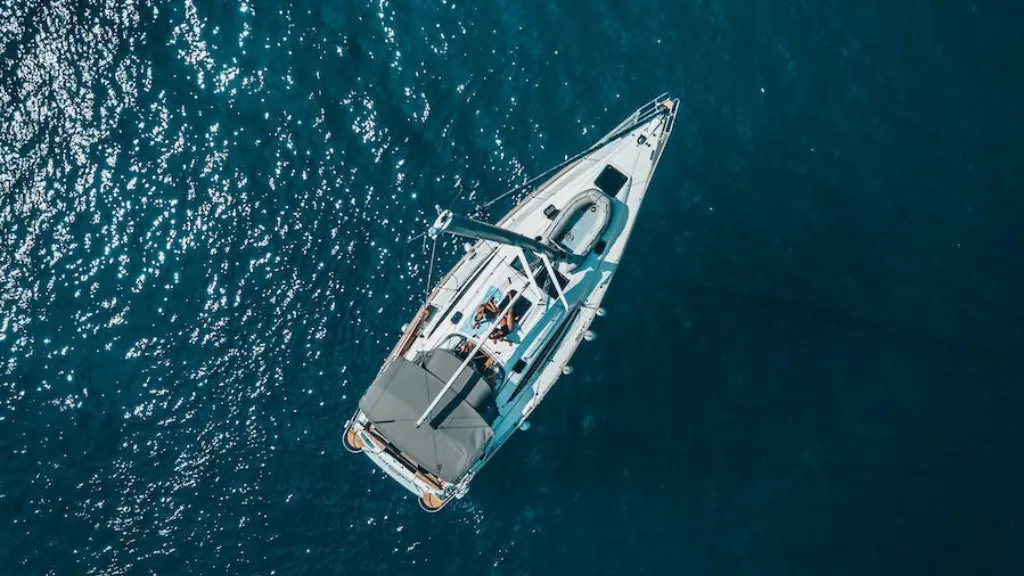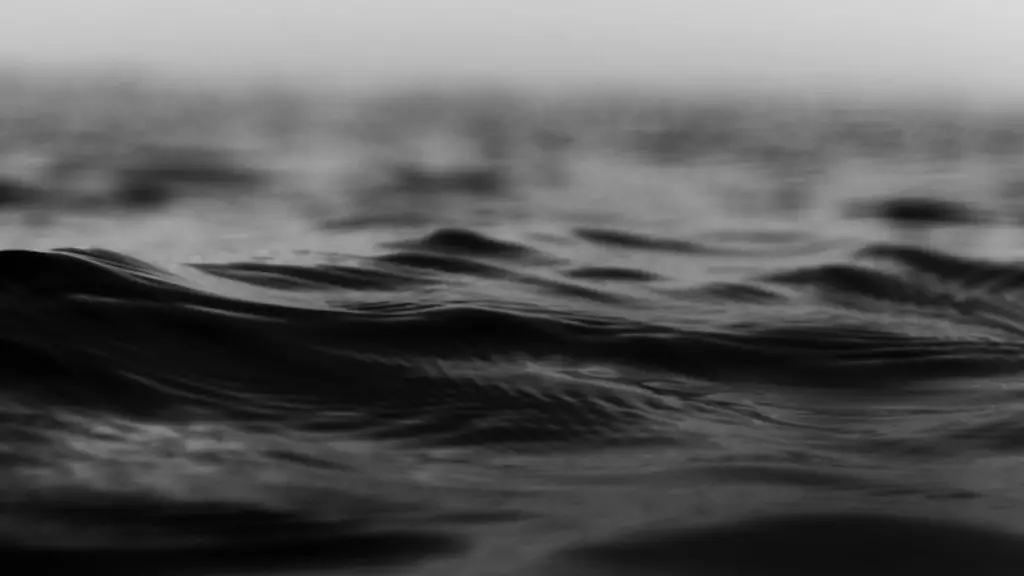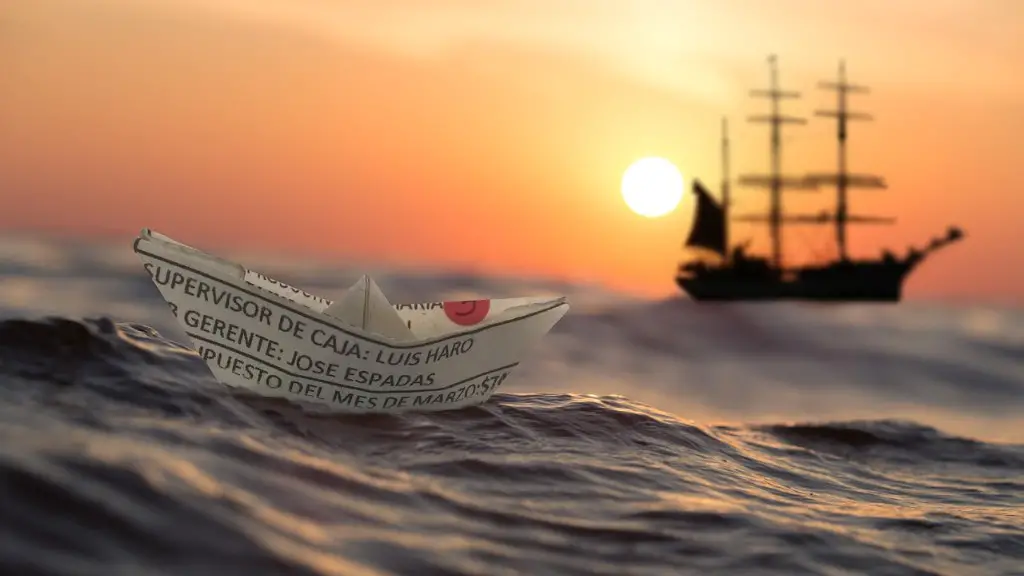Introduction
Are There Dangerous Sharks In The Caribbean Sea? Sharks are one of the most feared creatures of the sea, with over 500 species and the largest of them growing to more than 20 feet in length, it’s easy to understand why. While the majority are harmless, some species of shark pose a danger to humans, particularly in tropical waters such as those of the Caribbean Sea. This article will explore the types of sharks in these waters and the risks they pose. It will provide an overview of the key facts, offer an insight into the behaviour of sharks, and provide advice for swimmers and divers about how to stay safe when these predators are present.
Overview of Sharks in the Caribbean
The Caribbean Sea is home to a spectrum of different shark species, ranging from the small and harmless up to those that can be considered dangerous. Bull sharks and tiger sharks are two of the most common, and the most commonly seen species in the waters of the Caribbean. Bull sharks are potentially the most dangerous, as they tend to be more aggressive and are more likely to attack humans than other species. They frequently inhabit shallow waters and can thrive in fresh and salt water, giving them broad access to Caribbean waters. Tiger sharks are larger than bull sharks and are more likely to be seen out in the open water, though they do venture into the shallows and can be found near coral reefs and lagoons.
Behavior of Sharks in the Caribbean
Though some species are naturally more aggressive than others, sharks in the Caribbean often behave unpredictably and should not be assumed to be harmless. If a shark approaches too close, this can be a sign of aggression, and attempting to get away from the situation quickly is the safest course of action. A shark’s behavior can also be affected by the presence of food or other potential threats in the area. In some cases, larger sharks may hunt their prey in groups and though not particularly common, have been seen to exhibit predatory behavior towards humans in rare cases.
Risks for Humans
Though dangerous shark attacks in the Caribbean are rare, it is important to exercise caution when swimming in water where sharks may be present. There are a few steps that can be taken to minimize the risk of coming into contact with sharks, such as avoiding murky waters, using a spotter when possible, and avoiding swimming in areas that are known to be frequented by sharks. It is also important to be aware of the signs of aggressive behavior and to know what to do if a shark is encountered.
Advice for Swimmers and Divers
Swimming and diving in areas where sharks inhabit can be a thrilling experience, but precautions should be taken in order to ensure safety. The most important thing to remember is to stay alert and be aware of the environment. Divers and swimmers should look out for signs of a potential attack, such as aggressive behaviour from sharks or the presence of food sources such as schools of fish. If a shark is encountered, the best thing to do is to swim away as quickly as possible and get out of the water.
Impact of Humans on Sharks
Despite their fearsome reputation, sharks are in fact highly vulnerable to humans and are threatened by climate change, overfishing and other forms of pollution. They are also at risk of being killed for their fins, which are sold for use in traditional Asian dishes. It is therefore important for us to consider our impact on these creatures and make sure that the environment we inhabit is healthy and safe for them as well as ourselves.
Protection and Conservation Efforts
In recent years, there have been a number of efforts to protect and conserve sharks in the Caribbean. One such effort is an increase in education and awareness about the importance of sharks and their habitats. Diving organisations also support conservation efforts by leading dives that discourage humans from coming into contact with sharks and provide information about deterring sharks near reefs. Projects such as these can help to ensure the safety of both humans and sharks in Caribbean waters.
Organisations and Programs
In addition to conservation efforts, there are organisations and programs set up to help protect sharks. The Global Shark Alliance, for example, is an international coalition of scientists, policy makers, NGOs and regional fishery managers working to protect sharks. Additionally, a number of international organisations, such as the International Union for Conservation of Nature and the World Wildlife Fund, work to protect shark species by supporting research and conservation initiatives.
Conclusion
Many shark species inhabit the Caribbean Sea, though their presence does not always mean danger. With the right precautions, swimming and diving in these waters can be a safe and enjoyable experience. However, it is important to remain alert and aware of the environment in order to minimize potential risks. Additionally, it is important for us to consider our impact on these creatures and work to ensure that we maintain a healthy and safe environment for them as well as ourselves.


